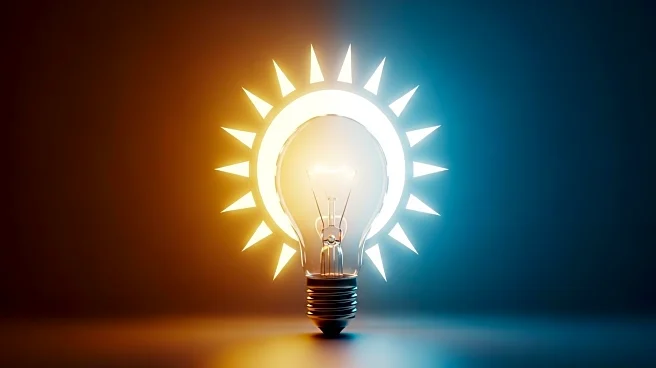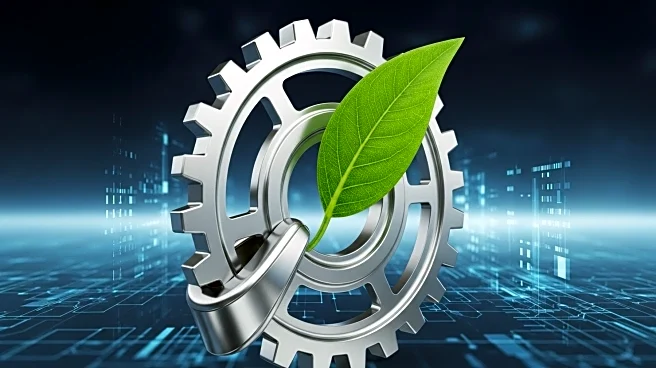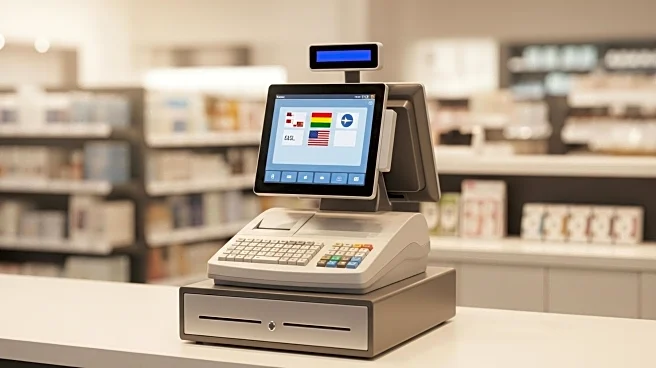What's Happening?
Utility costs have risen significantly in 2025, prompting many households to seek ways to reduce their expenses. A simple yet effective method is unplugging electronic devices when not in use, as these devices continue to draw power even when turned off. This 'phantom load' can contribute to higher electricity bills and increased heat in homes. According to a study by the Natural Resources Defense Council, reducing the load from always-on devices could save consumers $8 billion annually and prevent the use of 64 billion kilowatt-hours of electricity per year. This practice also has environmental benefits, such as preventing 44 million metric tons of carbon dioxide pollution. The Department of Energy notes that standby power accounts for 5% to 10% of residential energy use, highlighting the potential savings from unplugging devices.
Why It's Important?
The practice of unplugging appliances not only offers financial savings but also contributes to environmental sustainability. By reducing standby power consumption, households can lower their carbon footprint, aligning with broader efforts to combat climate change. The financial savings are significant, with the NRDC estimating that always-on devices cost up to $165 per household per year. This approach also encourages the adoption of energy-efficient technologies, such as smart thermostats and LED light bulbs, which further enhance savings and reduce environmental impact. As utility costs continue to rise, these strategies provide a practical solution for consumers to manage expenses while supporting environmental goals.
What's Next?
Households may increasingly adopt smart technologies to automate energy savings, such as smart plugs and surge protectors that simplify the process of reducing phantom load. Additionally, the promotion of Energy Star-rated products, which have lower standby power use, could become more prevalent. As awareness grows, consumers might also explore other energy-saving practices, such as optimizing thermostat settings and using energy-efficient appliances. These steps could lead to broader changes in consumer behavior, driving demand for sustainable products and influencing market trends.
Beyond the Headlines
The shift towards unplugging devices and adopting energy-efficient technologies reflects a growing cultural emphasis on sustainability and responsible consumption. This trend may influence product design and innovation, encouraging manufacturers to develop appliances with lower standby power consumption. It also highlights the ethical dimension of energy use, as consumers become more conscious of their environmental impact. Long-term, these practices could contribute to a more sustainable economy, reducing reliance on fossil fuels and supporting the transition to renewable energy sources.










